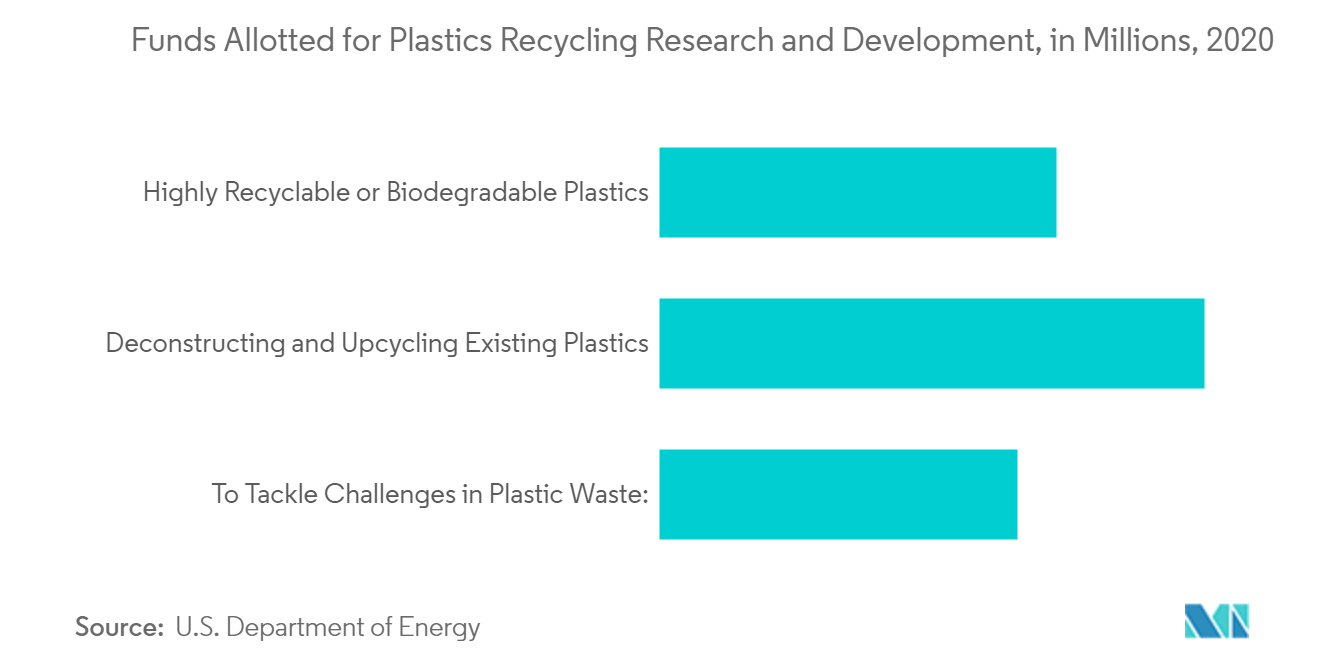Market Trends of North America Soft Drinks Packaging Industry
This section covers the major market trends shaping the North America Soft Drinks Packaging Market according to our research experts:
The RTD Beverages Segment is Expected to Hold a Significant Market Share
Ready-to-drink beverages include tea, coffee, energy drinks, sports nutrition drinks, highly nutrient and flavored water, alcopops, and ready-made alcohol cocktails. These beverages are witnessing a significant rise in consumption in the region. Also, other beverages, like vegetable juices, bar mixes, and smoothies, are experiencing increased demand.
Lately, ready-to-drink iced tea has grown considerably due to the increasing demand. Market vendors are offering specialized recycle packaging for ready-to-drink tea. For instance, Graham Packaging offers recyclable plastic packaging to provide longer shelf life for single-serve packaging.
Energy drinks are getting immense popularity among the region's millennial population. The principal reason for this popularity is significantly related to the aggressive marketing campaigns primarily directed toward young consumers. Moreover, advertisements promote that energy drinks refresh the body, ignite the mind, and enhance stamina and performance.
Owing to the increasing demand for cocktails in the US market, vendors adopt flexible beverage packages. For instance, buzzox, an American beverage brand, and Tetra Pak provide cocktails on the go using recyclable packages. The cocktails come in 200 ml recyclable Tetra Pak's packages, allowing the beverages to stay safe and taste fresh without using preservatives.
Ready-to-drink (RTD) coffee is no longer a niche market segment in the studied region. Retail sales of RTD coffee have been growing, especially in the United States. Consumers are also more health-conscious nowadays; therefore, they opt for RTD coffee instead of high-sugar and carbonated beverages more often. Due to the additional health benefits that some cold-brew RTD beverages offer, the market is on the rise for these products, and they are seen as premium products.

The United States Accounts for the Largest Market Share
- Consumers in the market are becoming increasingly conscious of health and wellness. From juice in the morning to energy drinks, they are spending more on the products that provide refreshments are well within the wellness trend. This trend has created a high demand for cost-effective packaging solutions in the fruit-based beverage segment.
- This demand for fruit juices and beverages is expected to grow decently over the forecast period. The use of packaging for these products improves the shelf-life. The recent new packaging method provides shelf-stable fruit juices.
- Moreover, Fruit-based beverages aseptic packaging is a process in which containers, aseptic juices, and auxiliary packaging materials are placed in an aseptic environment. These beverages are filled and sealed with an aseptic filling machine. Fruit juice foods are usually sterilized at high temperatures and then reduced to 20°C to 30°C to attain aseptic requirements.
- Additionally, aseptic packaging for fruit-based beverages includes plastic packaging with plastic layers. The aluminum layer protects the beverage from light and oxygen. As a result, the product can retain shelf life without cooling. To protect the plastic package against the moisture of the product and the moisture from the outside, a layer of polyethylene (PE) is applied on the inside and outside.
- Further, Carbonated soft drinks are usually packaged in aluminum cans. The COVID-19 pandemic impacted the supply of these cans in the early months of the pandemic, which highlighted the limitations of these cans. The can shortage made carbonated beverage producers look for new packages, specifically all forms of aseptic, enabling a long ambient shelf life.


